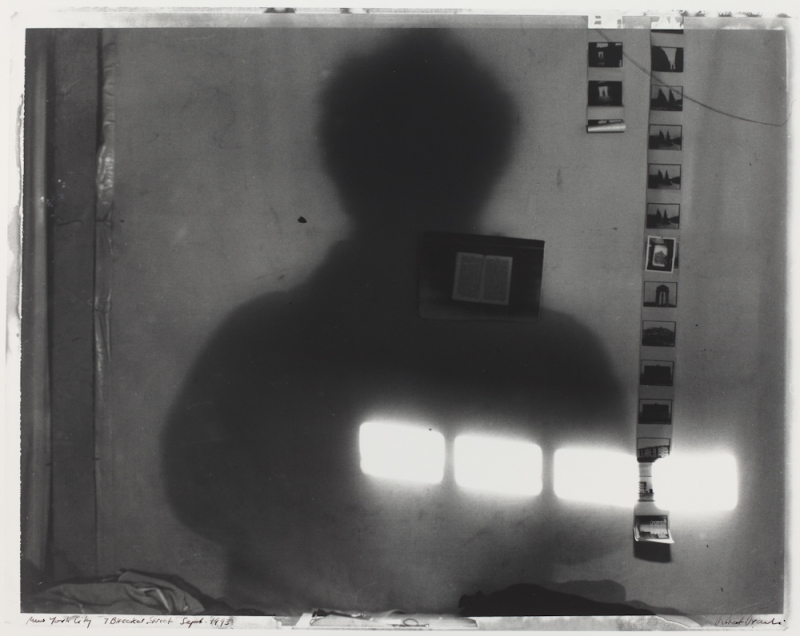
Robert Frank hardly needs another obituary. His status is unquestionable, his place in the canon of photography pivotal; we can fairly divide the medium into the periods before and after his influence made itself felt. But like anything else, the operation of such a consensus tends to limit what we might yet be able to say about Frank’s work, especially given the restless, actually quite disconnected trajectory of his career. This is, after all, an artist who abandoned his primary medium at the height of his powers and took up another, following his creative impulses no matter the cost. The established critical understanding of Frank’s work will inevitably shift in the wake of his recent death, but the gravitational pull of the mythology that surrounds him is still profound, and a genuine effort to re-think what we know about Frank requires questioning not only his particular output, but also many of the fundamental assumptions that we take for granted about photography and its history. This is something that Frank himself was surely aware of. Having already made one era-defining masterpiece with his book The Americans, the remainder of his working life finds him locked in a determined, if only intermittently successful struggle to break free from what he had already done. What I want to consider here are some of the ways in which Frank grappled with his own artistic legacy and the limitations of his chosen medium, raising questions that become especially pressing for the later part of his career.
